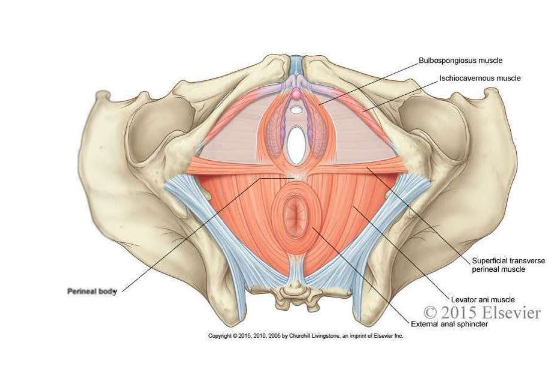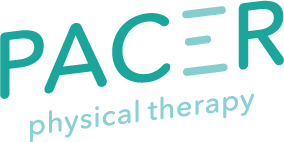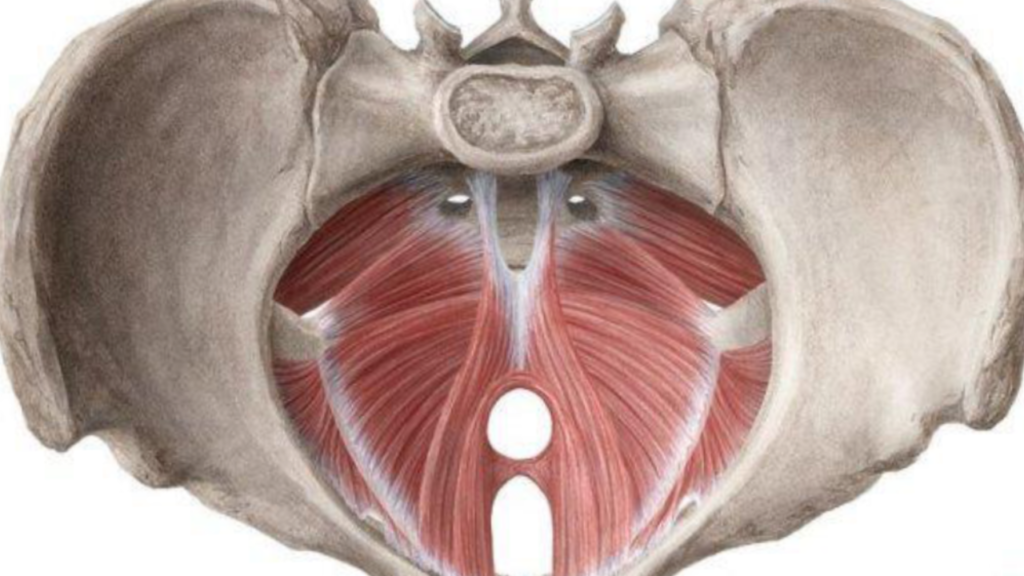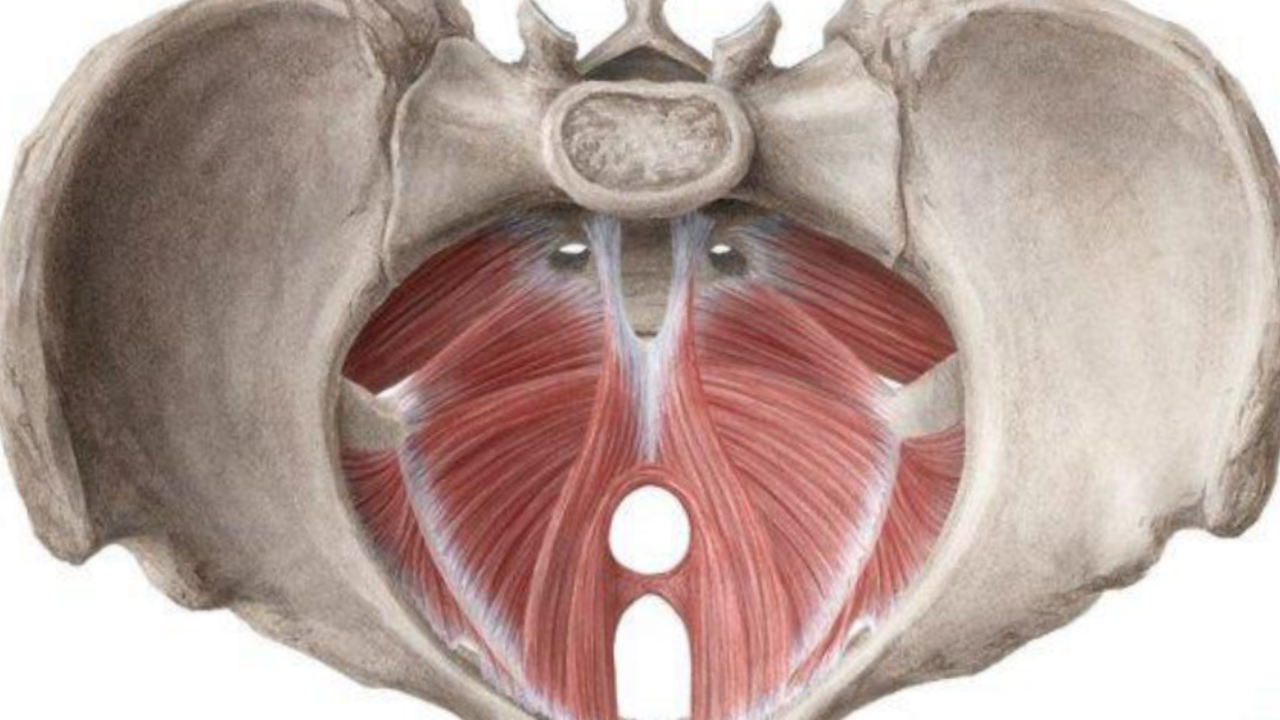As a pelvic health physical therapist, I am often talking to my clients about the pelvic floor, where it lives and why it is so important to maintain good health habits to promote good pelvic health. Educating my clients so they understand how to actively engage the pelvic floor muscles and “let go” of these muscles so they can optimize it’s function while we move, is key in pelvic health rehab. In this article I will dive into why we should care about the pelvic floor, where it lives, and how we can improve bladder habits and ultimately improve pelvic health.
What the heck is the pelvic floor?
The pelvic floor is located at the bottom of our pelvis and is made up of 3 layers of muscles. The first and second layers surround the openings and help with continence or control of bowel and bladder (“the squeeze”). The third layer is the deepest and it provides the lift and support to the pelvis and pelvic organs and acts like a sling. The function of the pelvic floor is to support your internal organs, sexual function, and satisfaction, sphincteric function adds closure to openings, and stability of your lower back and hips, and is influenced by your posture and breathing patterns. The pelvis is an incredibly dynamic and important muscle group in our body!

What Does The Pelvic Floor Do?
The pelvic floor interacts with our core and diaphragm most of the day and in addition to the back muscles creates a canister of stability. This canister regulates pressure and in those of you that have been pregnant or are currently pregnant, it is influenced tremendously by growing babies. The weight of your little one on the pelvic floor, not only changes the resting tone (or strength/stability) of the pelvic floor, but also contributes to changes in this canister system. Some of the changes include the abdominal wall becoming stretched to make room for the baby, the pelvic floor having more tension on it due to the baby, and the diaphragm getting shoved up into the rib cage- allowing it to contract and relax in a smaller range of movement. It is amazing we can adapt to these changes when we are pregnant!

Common Concerns relating to the Pelvic Floor
But, what happens when we have a little more difficulty adapting postpartum? A common concern clients come to see me for in pelvic health physical therapy is leaking during exercise/or with coughing/sneezing laughing; pelvic pain, core or pelvic floor weakness/straining during exercise, pelvic floor heaviness, and pelvic girdle pain to name a few. These symptoms can occur during pregnancy, or postpartum, or can occur even without being pregnant due to genetics or other factors.
Whether you were pregnant or not, pelvic floor concerns can arise due to changes in stress level, due to an injury or trauma, or due to a change in breathing patterns.
With the help of a pelvic health Physical Therapist, and maintaining good bladder health, we can contribute to improving symptoms. If you do not have symptoms- it is still good to know how to maintain good bladder health and therefore, good pelvic floor health!
How to Maintain a Healthy Pelvic Floor
Maintaining pelvic floor health refers to keeping the pelvic floor muscles both strong and flexible, so they can adapt to changes in pressure, weight, or outside influences. A healthy pelvic floor is important for proper urinary and bowel function, sexual health, posture, and overall physical well-being.
My clients will get 50-75% better just by being more aware of their bowel and bladder habits, let alone the changes that can occur with the addition to manual therapy and exercise in our sessions. Changing your bowel and bladder habits can be super beneficial in maintaining good pelvic floor health and function. This not only affects our pelvic floor but our entire body’s system.
Healthy Bladder Habits
- Try to go to the bathroom every 3-4 hours
- Avoid “just in case” peeing
- Sit on the toilet, don’t hover
- Avoid straining or pushing to empty
- HYDRATE!- you should be drinking half your body weight in ounces
- Avoid bladder irritants including alcohol, caffeine, carbonated drinks, tomatoes, spiced foods, sweets, chocolate, citrus fruits/juices
- Don’t perform Kegels or pelvic floor exercises consistently throughout the day or suck in your stomach constantly throughout the day
Go through the list above… how do you do?
Do you feel like you hydrate well? How about straining or pushing when emptying your bladder or bowels? Over time this can lead to extra pressure on our pelvic floor, which in turn can lead to dysfunction! If you have children, it is important to avoid “just in case peeing” for your health but also theirs. I get there are situations such as long car rides that may require “just in case” using the bathroom. Other than that, be mindful of when you use the bathroom. Take note of whether your body really needs to go or you are just going to avoid an accident.
Other Questions to ask yourself:
- “Do you have hesitancy in urination? a slow stream? do you spray when you empty? do you have incomplete emptying? immediate re-voiding? post-emptying leakage? leaking between voiding?”
What can I do to fix this?
Go to pelvic health PT! Pelvic health (floor) physical therapy is a type of therapy that focuses on the muscles, ligaments, and connective tissues that support the pelvis and pelvic organs. These organs include the bladder, uterus, and rectum. This type of therapy is often used to treat conditions such as pelvic pain, urinary or fecal incontinence, hip/low back pain, and sexual dysfunction to name a few. Your therapist can support you in habitual changes, manual therapy, exercises, and with other modalities including cupping, dry needling, and/or with dilator education to improve your symptoms depending on your need.
Pelvic floor physical therapy can be an effective treatment for many pelvic floor disorders and can significantly improve the quality of life for those who are struggling with these conditions! Woohoo!
During pelvic floor physical therapy, a specially trained physical therapist will evaluate the muscles and tissues in the pelvic floor through internal (depending on your comfort level) and external examinations. Based on the evaluation, the therapist may use various techniques to help improve muscle strength, flexibility, and coordination. These can aid in resolving your symptoms in addition to the correct exercises for you! Does this sound like you or someone you know?
Schedule a discovery call with us to learn how pelvic health PT can support your concerns!
Thank you for reading,
Dr. Juliana Wiegman PT, DPT, PCES, CSCS
Do you or someone you know have a pelvic floor concern?
- Download the PDF for Healthy Pelvic Floor tips including exercises you can try to improve pelvic floor length & strength




